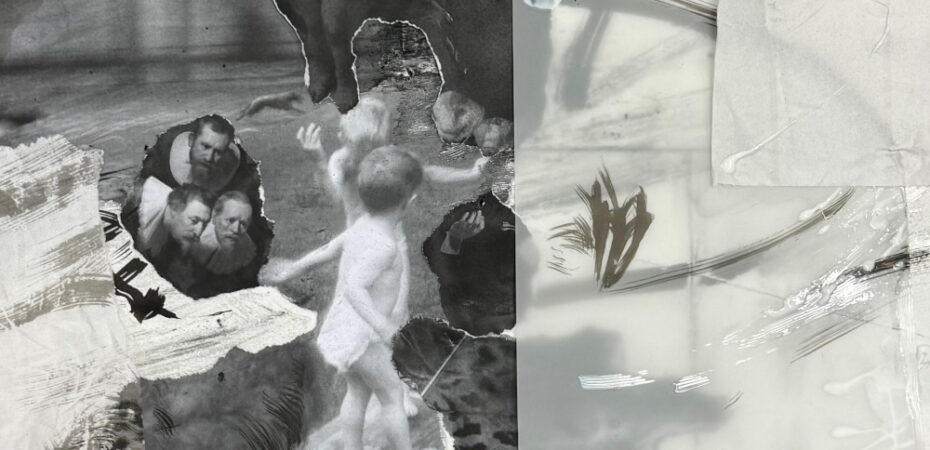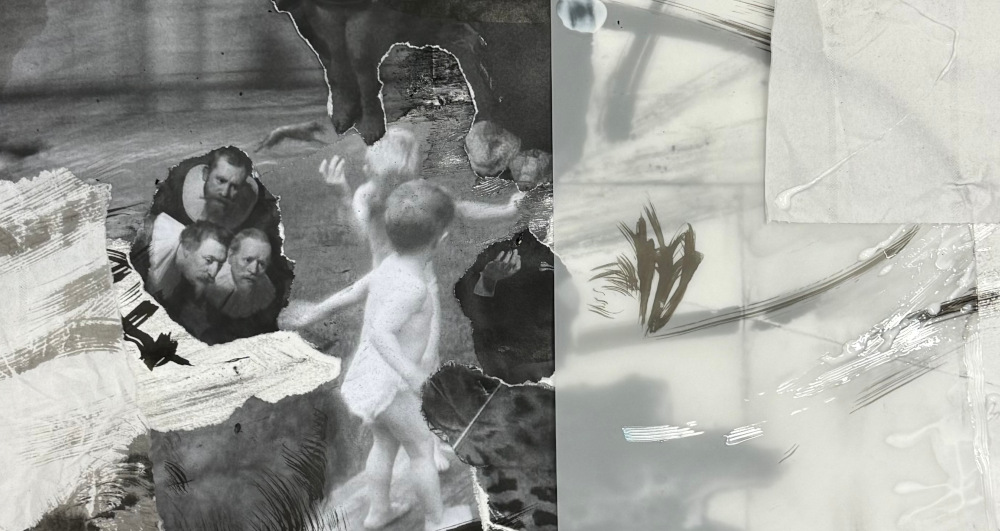
In this extra post, Oliver Reed reflects on his collaboration with Estonian Academy of Arts’ Open Academy, and his visit to deliver a four-session course in Tallin on drawing practices. Oliver Reed is the Head of Arts within the Centre for Open Learning.
In the summer of 2024, the Centre for Open Learning (COL) hosted a contingent of teaching academics from the Estonian Academy of Arts’ Open Academy. Their visit was part of an initiative to explore COL’s programme, which offers a comparable portfolio of lifelong learning courses in the visual arts. The delegation aimed to examine shared pedagogical approaches and consider opportunities for future collaboration. As a smaller institution, with its own short course offerings, the Open Academy was especially interested in how COL structures and delivers its arts education.
Following their visit, I reached out to my counterpart Elise Jagomägi, the Head of the Open Academy, to explore whether they might be interested in hosting a course for their learners. The response was enthusiastic, and I was invited to design and deliver a four-session course in Tallinn.
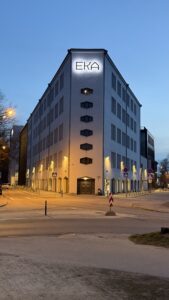
Derived from one of my courses at COL, Drawing Practices: Contemporary Approaches, I created a condensed, four-part course tailored for this context and limited resources. Each session explored a distinct thematic lens on drawing, materiality, and subject, under the titles: Drawing and Perception, Drawing from 2D to 3D and Back Again, Drawing on Memory, and Drawing on Space and Time. The course was designed to challenge and expand learners’ preconceptions of drawing and their approaches to it, while encouraging critical reflection on what drawing can be.
Each session was designed to focus on a distinct drawing proposition, engaging learners with a specific theme or subject. Through a series of exploratory activities, participants were encouraged to challenge conventional modes of observation and representation. In one session, they drew objects without the use of sight, relying solely on touch to translate tactile experience into visual form, thereby deepening perceptual awareness. In another, they created sculptural drawings to investigate form and spatial relationships, followed by collage-based works grounded in personal imagery, enabling reflection through layered visual storytelling. Finally, adopting the role of ‘urban archaeologists’, learners documented urban ephemera, stickers, signage, fragments of posters, and surface textures, mapping and tracing elements of the local environment. This process invited a deeper understanding of the city, not only in spatial terms, but also in its emotional and cultural dimensions.
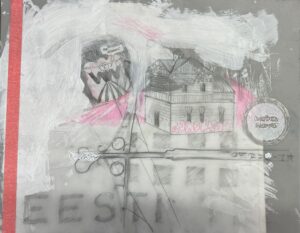
The eleven learners were of mixed ability and genders, with ages ranging from around 20-60. Each session opened with a discussion of the aims supported by contextual references of relevant artists whose work aligned with the theme. These introductions set the stage for practical exploration, where students engaged in structured tasks during which formative feedback and support was given to each individual. A key component of the course was a short plenary at the end of each session, whereby a period of reflection and group discussion was encouraged. This closing segment allowed the learners to share and discuss each other’s work, fostering a generous, open atmosphere that promoted reflective practice and peer learning.
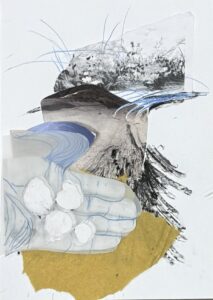
With permission, I photographed their work at the end of each session and in the days between, I curated a small website to document and showcase their work. On the final day, I shared the live site with learners, https://ekaopenacademy.myportfolio.com; a simple but effective way to celebrate their achievements and reflect the evolving narrative of the course.
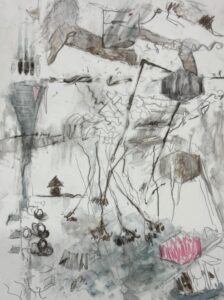
A few weeks later, I received feedback from the Open Academy that highlighted how much the learners had appreciated the course, saying…
“Thoroughly planned, well-timed, and balanced activities “slowed the eye” and enhanced attention and focus. The rich but well-structured theoretical material and intriguing, often unexpected, examples of artists’ work created the right background to broaden one’s perspective. A wide variety of tools, materials, and techniques kept the whole group moving creatively together.”
Whilst another said,
“Extremely precise and clear in communication, open and attentive, made participants trust themselves, and created a sense of an expansive mental space that felt safe for experimentation”
This exchange represents a hopeful first step toward a broader partnership between the Centre for Open Learning and the Estonian Academy of Arts. There is great potential in developing joint initiatives, perhaps shared lectures, virtual student showcases, or even staff exchanges for professional development, laying the groundwork for something more enduring, meaningful, and mutually beneficial to learners and educators from Scotland and Estonia.
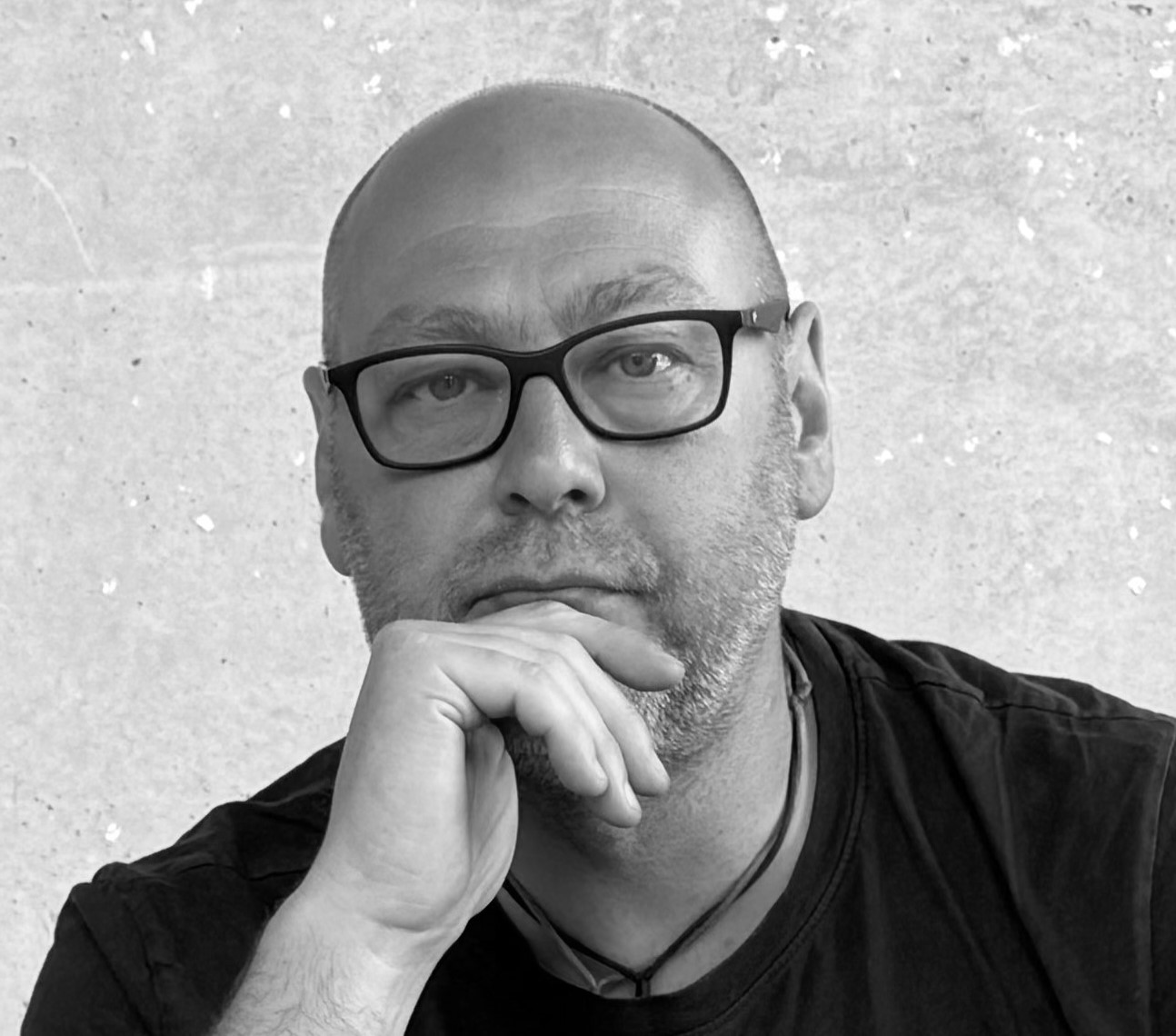 Oliver Reed
Oliver Reed
Oliver Reed is the Head of Arts within the Centre for Open Learning. As a lecturer, he teaches drawing on lifelong learning courses and will be teaching on the International Foundation Programme in the coming year. Oliver is a practicing artist whose work explores the natural environment, focusing on themes of space, time, memory, and ecology. His practice shifts focus with each body of work, employing diverse processes and approaches. From a phenomenological perspective, Oliver’s work investigates how we experience moving through time and space using our senses. These personal experiences inform his understanding, which he expands upon through various recording methods such as drawing, photography, and more recently, Lidar technology and sound recordings.

